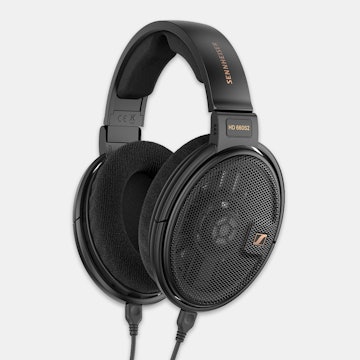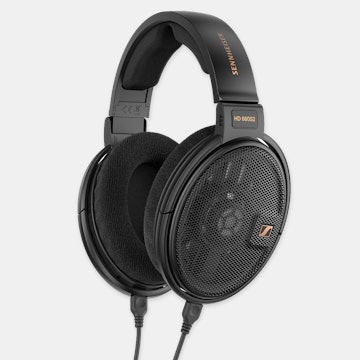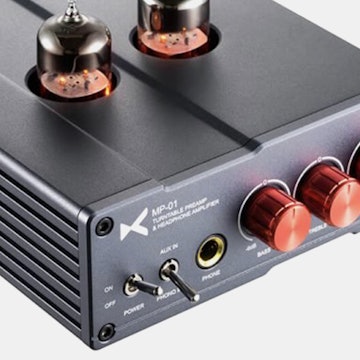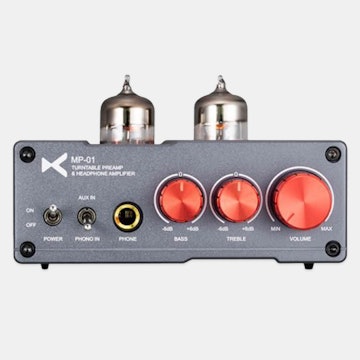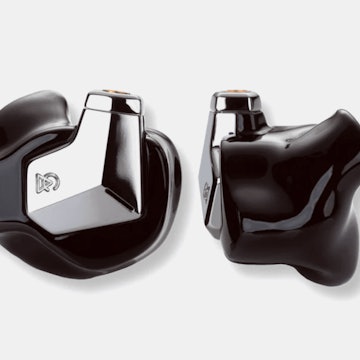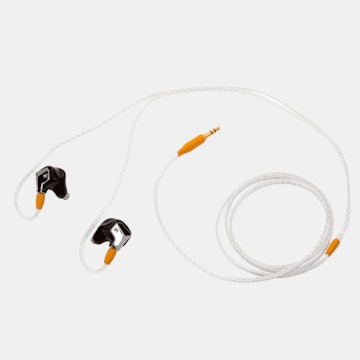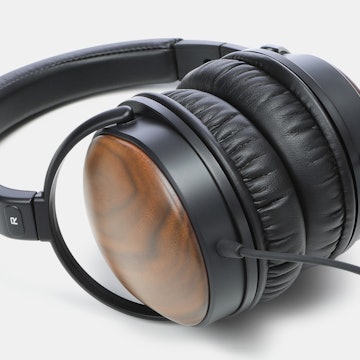Click to view our Accessibility Statement or contact us with accessibility-related questions




Showing 1 of 28 conversations about:
Calaverasgrande
1486
Jul 26, 2018
bookmark_border
It's of debateable merit, but still if a DAC goes up to 96k or 192k, shouldn't the audio path likewise not stop at 20hz-20khz. But rather extend out to 30 or 40k? Otherwise why bother with higher samplerates? Whether you are able to hear that high varies from person to person. When I was younger I certainly could hear past 20k.
However this is not the real reason to go for higher sample rates and audio pathway with a transfer function extending out past 20k. Even if you cannot hear that high, you will hear the lowpass filter's effects kicking in well before it's specced corner frequency. If you design for 30khz corner frequency than you are well out of the way.
And the golden ears guys like George Martin will hear the difference.
Eminem
4
Jul 30, 2018
bookmark_border
CalaverasgrandeThe range of 20Hz-20kHz is the "testing range" in the traditional sense of audio equipment. That is to say, manufacturers only pay attention to the frequency response in this range, which does not mean that the device cannot respond to 30k, 40k or even higher frequency. Don't forget, this amp has got Hi-Res Audio certification by Japan Audio Society, which representing a high frequency response of at least 40k.

ElectronicVices
2940
Dec 21, 2018
bookmark_border
CalaverasgrandeHertz is a measure meaning "cycles per second". In the case of 96k/192k that is referencing how many digital sample cycles were captured per second of recording, either from a different recording/tape or live performance. 20 Hz to 20 kHz is the range of sound frequencies the average human being can hear. In this case that is the rise and fall of the audio sound wave. Bass frequencies are longer so it takes them more time to complete a cycle , hence the reason bass frequencies are on the low end of the range. While a 192kHz sampling frequency does enable the capturing of audio frequencies at that level it is not the sole benefit. I am certainly not touting hi-res audio for all but having spent 15 years or so playing with the different formats of hi-res I will say I can generally hear a slight positive difference. Definitely wont be worth the extra expenditure to everyone or in all cases. A lot of "hi-res" tracks offered have questionable sources.
Calaverasgrande
1486
Dec 21, 2018
bookmark_border
ElectronicVicesactually, due to the Nyquist theorem, in the best case scenario a device with 192kHz samplerate can only playback up to 96kHz. You effectively need the sample rate to be twice the highest frequency you wish to produce. The higher samplerates such as 96k and 192k are frequently utilized not to garner ultrahigh frequency information, but rather to move the corner frequency of the antialiasing filter, and the aliasing artifacts themselves out of the range of human hearing. This is not because you actually hear the filter. But it can induce phase smear in the top end which may sound brittle and harsh.
I actually own equipment with 192k samplerate, and 50k bandwidth. Even with my crappy hearing I can hear a benefit. Mostly a very clear treble with a distinct edge on details, without sounding liek a treble knob has been cranked up.

ElectronicVices
2940
Dec 21, 2018
bookmark_border
CalaverasgrandeYour Nyquist assertion is accurate, I didn't mean to be vague. By "at that level" I meant greater than the general threshold of human hearing at 20kHz. I've had gear claiming 40khz and don't really notice much on the top end. The only consistent benefit among properly sourced hi-res I've been able to discern is a clearer fundamental, slightly better transients and a greater sense of the recording space (close mic, live, small venue, etc..). Again things probably not worth it to most folks, I will argue CD quality beats lossy compression until I die however.



